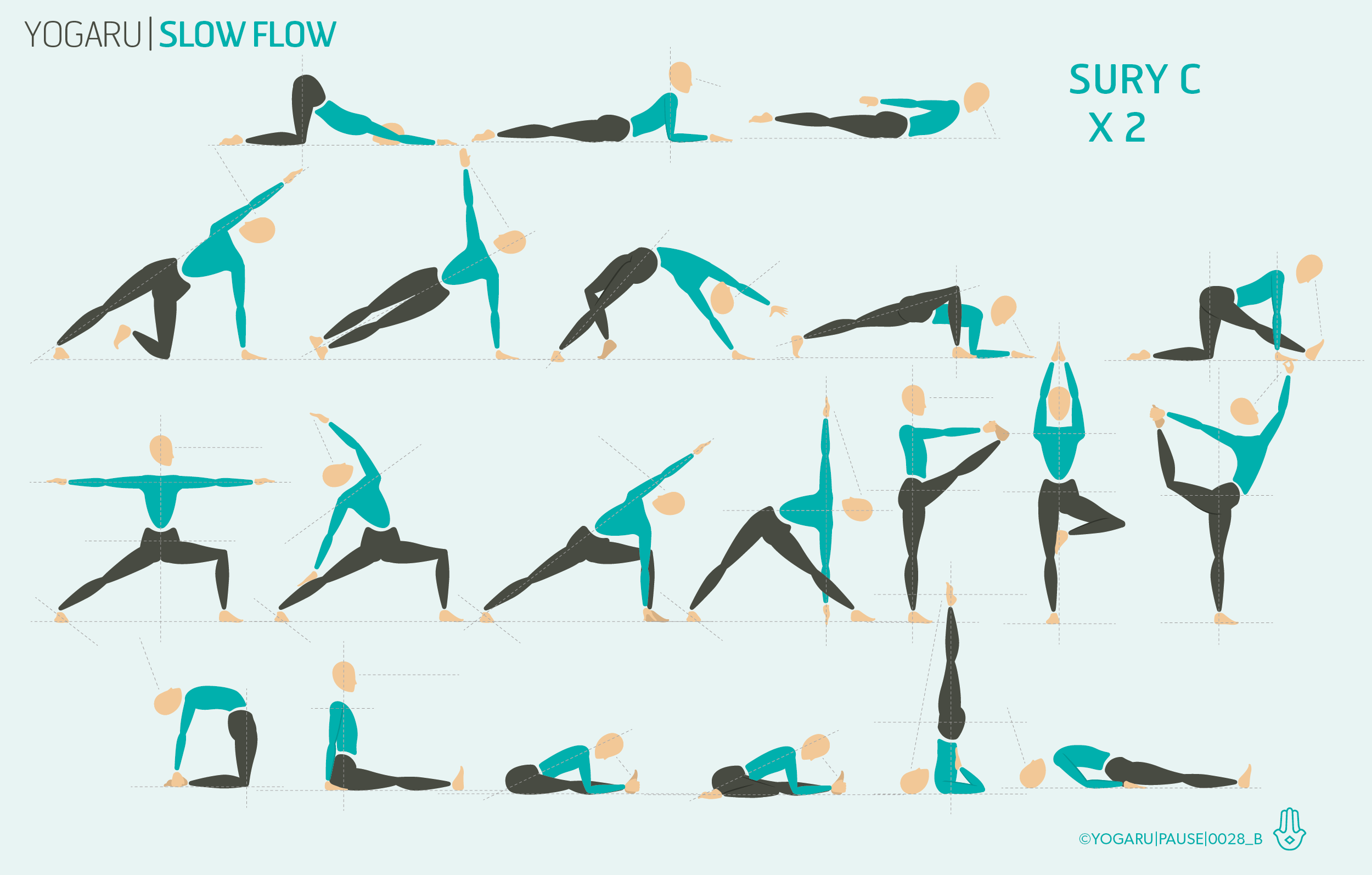JOINING THE DOTS
Whether you come to your mat once a week, everyday, or somewhere in between – we all recognise the benefits the practice of yoga brings to our lives. It might be something subtle that is hard to explain or a life changing experience. When we put time aside to practice and invest in our well-being, it’s good to feel that we’re getting the best out of our time on the mat. Yoga is a continuous flow of postures, but often we forget that the transitions from one asana to another are just as important as the asana themselves. By bringing your attention to slow and controlled transitions, we thread the asana together and help cultivate a meditative flow, which helps quieten the mind and move the attention inwards. You often see students create beautiful asana (within the ability of their bodies) but their method of moving to and from the next asana loses all sense of mindfulness and breath awareness. To get the most of your time on your mat, extend through your limbs and move with intention and awareness of where they are going next. Moving in such a way reminds us that yoga is a lifelong journey not a destination with an end point.
Moving slowly, in and out of the asana, is safer, builds body awareness and is more challenging for the muscles than relying purely on momentum to get you from A to B. You might also notice your alignment improves when you consider the journey – reaching to find length in the spine; extending through your fingertips; feeling the rotation in the hip joint. When we rush through our transitions we miss the in between moments and the opportunities to be ‘moved by the breath’.
SLOW FLOW IN YOUR PRACTICE
As the pace of life speeds up around us our minds work overtime to keep up with all the overload of information. Slowing down our practice helps bring the mind to a quieter state and trigger the parasympathetic nervous system (relaxation reflex).
As someone who rushes through life, frequently taking on more tasks than hours in the day, I sometimes find it hard to consciously slow my movements down in my practice. But I’m all too aware that I’m the very type of person that should slow down the pace as much as is comfortable, to counteract my default mode. You might find some resistance in the change of pace, but the benefits both physical and mental are well worth exploring. Moving mindfully, with control, starts to peel away the layers of clutter in the mind, and gradually you start to feel a deep sense of calm and relaxation – releasing tension, stress and anxiety. A consistent practice rewires the brain to be able to access this calmer mind frame when faced with challenging moments.
Try the two sequences above, focusing on your journey in and out of the asana. Experiment with methods of transitioning that suit your strength and ability, remembering to move with the breath rather than a held breath. Be aware of maintaining length in your limbs and minimise ‘popping up’ from asana like downward dog to your standing asana. It can sometimes help to video yourself on your phone to see how you transition. Checking to see do you have any habitual pattern in your transitions that you need to be conscious of or if you are disconnected from your external limbs.
To save the images for personal use click and hold down the image until the ‘save image’ option appears; on Mac hold down ‘control’ and click the image to get the option box; on PC right click on the image to get the option box. Scroll down in the ‘option box’ and click ‘save image’.
Ruth Delahunty Yogaru


